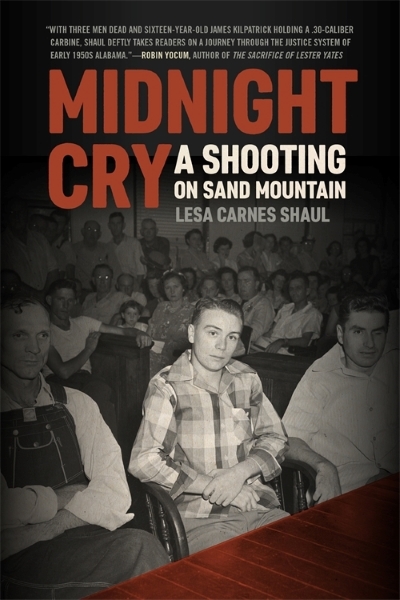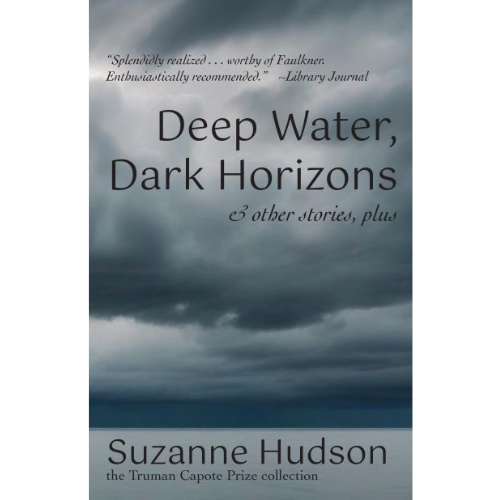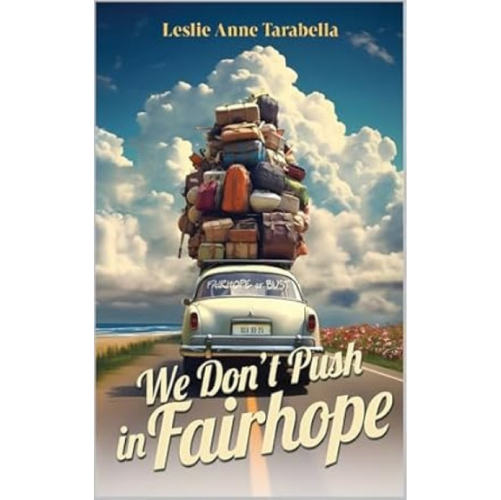Midnight Cry: A Shooting on Sand Mountain
By Lesa Carnes Shaul
NewSouth Books/University of Georgia Press, October 2024
Hardback: $27.95
Genre: Alabama History, True Crime
Reviewed by Richard Kent Evans
With Midnight Cry, Lesa Carnes Shaul unravels a fascinating moment in Alabama history in the guise of a fast-paced, true-crime thriller. On May 17, 1951, Aubrey Kilpatrick, a farmer and known bootlegger, got into a dispute with sharecroppers living on his property that threatened to turn violent. Marshall County Sheriff Zeke Boyles, accustomed to Kilpatrick’s rabble-rousing, was able to pacify the situation until the next day. But in the middle of the night, Sheriff Boyles changed his mind, and he, along with three other police officers, drove to the Kilpatrick family farm atop Sand Mountain.
A few seconds later —and the majority of the book’s 171 pages are devoted to a methodical investigation into just what happened during those few seconds — Aubrey Kilpatrick, Sheriff Boyles, and two other police officers lay dead or dying on the ground. Sixteen-year-old James Kilpatrick, the eldest of the Kilpatrick Family’s eight children, stood on the porch with a rife smoldering in his hands.
On the basic facts of the shooting – who shot whom and with what – both sides mostly agreed. The central mystery of the case was who shot first and why. Was this an ambush, as the prosecution alleged? A case of lawless bootleggers determined to kill any trespassers? Or was this, as James Kilpatrick’s lawyers argued, a tragic case of mistaken identity, of self-defense, and of a traumatized boy defending what remained of his family from unidentified midnight attackers?
Lesa Carnes Shaul, professor of English and director of the Honors Program at the University of West Alabama, grew up atop Sand Mountain hearing stories about the event that newspapers dubbed “The Marshall County Gun Battle.” She brings her insider’s understanding of the complex sociology of the region to this study. As Shaul fascinatingly unpacks, the clash between Sheriff Boyles and the Kilpatrick Family was emblematic of the broader clash ongoing between Albertville, a tight-knit, rural community atop the mountain, where life had gone on much the same as it had for generations, and Guntersville, the booming lakeside resort town below. These two communities, with very different values and ways of life, interpreted this event very differently.
The story Shaul tells is high drama with a Southern Gothic flair. There are star-crossed lovers, shocking courtroom twists, and darkly comedic stories about serving time in an Alabama prison. The book richly evokes life on Sand Mountain at midcentury, where we encounter many of the same social ills that still affect Alabama: cycles of poverty and addiction, the conflation of masculinity with violence, and generations of women left to pick up the pieces. The afterword is particularly eloquent, with Shaul reckoning with these darker themes and their persistence.
This book will certainly attract the attention of those interested in the twentieth-century history of Alabama and of Sand Mountain in particular. But it also deserves a wide readership among those interested in true crime, legal thrillers, and courtroom dramas. Shaul is an exceptional storyteller, and the pace of this book remains brisk throughout. Though the book is meticulously researched, the details that pack its pages enhance rather than bog down the story. Readers will encounter surprising and welcome asides into such subjects as the development of forensic science in Alabama, the history of the Castle Doctrine of self-defense in Anglo-American jurisprudence, and the evolution of the penitentiary.
Shaul’s concise bibliography reveals her inspirations for this intriguing study: Dennis Covington’s Salvation on Sand Mountain, Faulkner’s Light in August, and, of course, Capote’s In Cold Blood. Those lofty comparisons are not inappropriate. Lesa Carnes Shaul has written a rare nonfiction book that combines academic rigor with stylish storytelling and a gripping, fast-paced narrative that still manages to paint a complex picture of life in rural Alabama in the 1950s.
Richard Kent Evans is a historian of American religion and culture. He is the author of MOVE: An American Religion (Oxford University Press, 2020) and the Executive Director of the Alabama Writers’ Forum.







Leave A Comment
You must be logged in to post a comment.